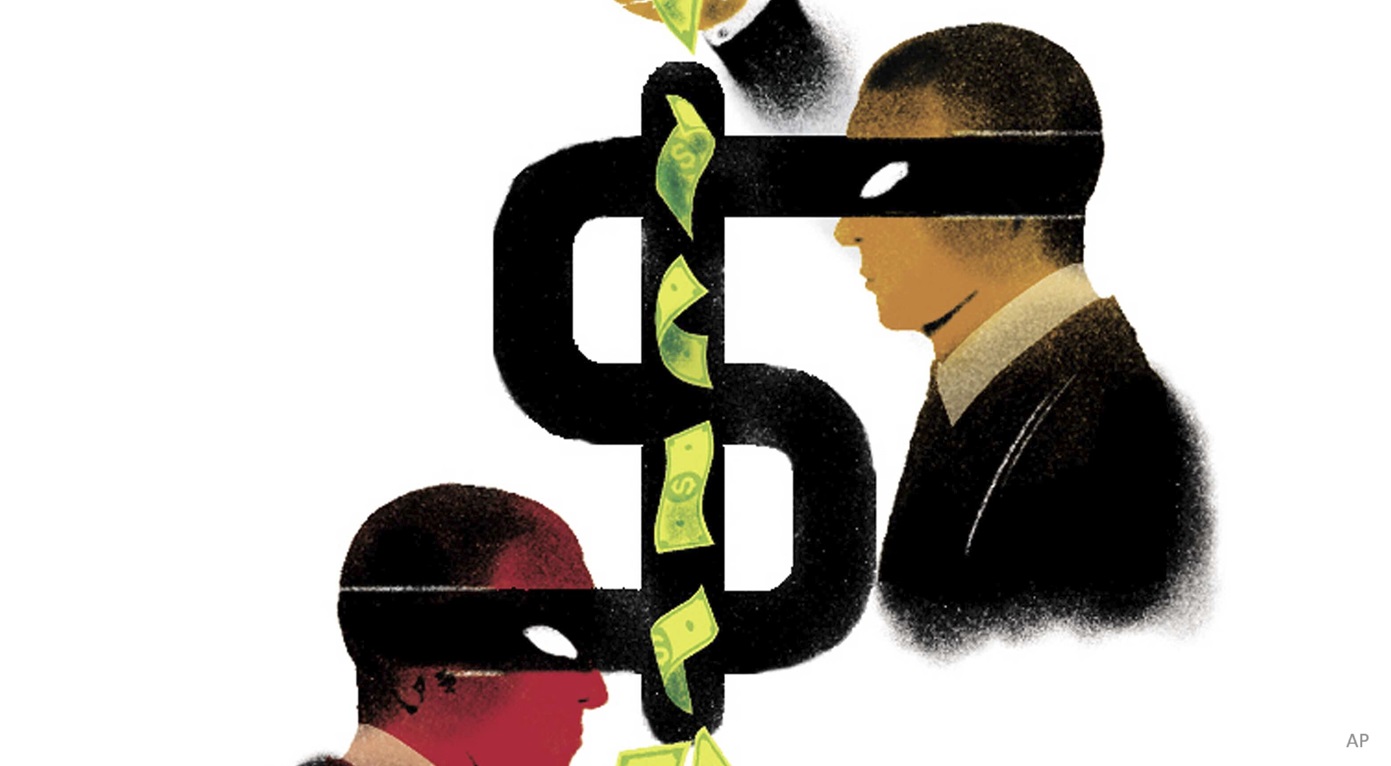See more episodes of Quant Concepts here
Ian Tam: Welcome to Quant Concepts. With the first half of 2019 come and gone, Canadian equities seem to be fairing fairly well despite slowing energy prices and global trade disputes. Year-to-date, the TSX Composite has returned about 17.2%, offsetting the negative 8.9% return of calendar year 2018. Investors who believe that this is going to continue, may be interested in today's model that looks for companies that have shown short-term momentum and positive price performance against their industry peers but have also proven themselves to be fundamentally stable over a much longer term. To find these stocks, I use Morningstar CPMS to rank the stocks in our Canadian database which consists of about 702 companies.
So, to find companies that have a long track record of fundamental stability, I first look at a few core factors. So, to start with, I use the deviation of earnings. And I measure this over a couple of different timeframes. I use five-year earnings per share deviation as well as a 10-year earnings per share deviation. And as a quick reminder, companies that have very stable reported earnings show low deviation and companies that have volatile earnings, show very high deviation. So, of course, for stable companies we are looking for lower numbers. And between those two timeframes that's worth about 50% of my model today. So, I'm ranking my stocks based on a combination of those two metrics.
In addition to that, I also look at return on equity. Return on equity can sometimes be viewed as a growth metric and other people view it as more of a quality metric or a profitability metric, if you will. What I'm doing here is I'm ranking both the five-year average return on equity as well as the 10-year average return on equity. You can see on the screen here I'm weighting them slightly differently. I'm putting a heavier weight on the short-term or the five-year and a lower weight on the longer-term return on equity. Together, the return on equity averages as worth about 50% of my model as well. So, in combination, I've really just four factors that measure quality and stability over a fairly long period of time. And using those four factors I'm basically ranking all 702 companies in the Morningstar CPMS database from best to worse basically.
So, once we have those companies ranked, what I'm going to do is consider the top 25% of that list. So, the top quartile, if you will. Within that top 25%, I'm also going to be looking for companies that have outperformed their peers strictly on a price return basis. So, for example, I'm going to look at companies that month-to-date have outperformed their sector median. Similarly, I'm doing the same filter over three months, six months and one-year timeframe. So, in order for a company to show up on my list, they have to outperforming the sector to which they belong.
In addition to that, I'm also looking for companies that analysts' estimates are being revised in the positive direction as well as companies that have met or exceeded their latest earnings expectations. So, a company that has positively surprised in the last reported quarter.
Finally, I'm going to define my sell rules. So, of course, if a stock drops in rank, in today's model, I'm using the bottom 35%. So, if a company starts to become a bit more unstable fundamentally over the long term, I will consider selling it. As well, if the estimates drop a certain percentage, in my case, about negative 10% for estimate revisions, I will sell that stock. As well, if the company misses earnings by more than 5%, I will sell the stock. So, that's my model today. And of course, I'm going to use Morningstar CPMS to back test this model for you to show you how well it's done over the last 20 years or so. So, I'll do that for you now.
And just like in prior episodes of Quant Concepts, a back test typically starts with some cash amount and in this case, I'm using $1 million cash starting back in 1995. Using the information from 1995, I would have purchased the 15 stocks that met my requirements at that point in time. At the end of each subsequent month, I'm just checking to see if any of those stocks break my sell discipline. So, again, as a reminder, if they increase in volatility in terms of their fundamental ROE or earnings per share, I will sell them or if they miss estimates or if they negatively surprise, I will sell that stock. When I sell that stock, I'm going to replace it with the next highest-ranking stock that don't already have.
In today's model, I use a 15-stock portfolio at max and I never own more than 3 stocks per sector. Because some of these stocks might be a bit less liquid, I've also baked in a 1% liquidity cost. Meaning that companies that are sold are sold at 1% lower than the close price of that month. And when I buy new companies, I'm buying them for 1% higher. So, again, we're using that as a buffer to make sure I'm not over-inflating the results of this back test.
So, after running that back test, you can see that the model returned about 11.6% annualized. Again, that's net of a 1% liquidity cost. In addition, that beats the TSX Composite by roughly 3.6%, again, after that liquidity cost. The turnover in the portfolio is roughly 43%. So, a bit less than half the portfolio is traded on average every year. And the Sharpe Ratio on this portfolio or this model is 0.8. And as a reminder, the Sharpe Ratio is the return per unit of risk that you are receiving back for your investment. The Sharpe Ratio for the TSX, so if you are an index investor, is about 0.4% over the time period. So, a higher Sharpe Ratio often means you're getting a better value in terms of risk for your investment.
So, the stocks that qualify for purchase into the model today are listed in the table that accompany the transcript for this video. The top-ranked stock today is CGI Group. CGI Group is a Canadian-based independent IT service provider and one of the largest by market cap in the Canadian technology sector. The company employs 70,000 personnel across 40 countries. CGI offers a broad portfolio of services such as consulting, systems integration, application maintenance, business process outsourcing and is predominantly based across North America and Europe.
For Morningstar, I'm Ian Tam










:quality(80)/cloudfront-us-east-1.images.arcpublishing.com/morningstar/Q3KIND5VXRCNHHH6JQHCCYBSSA.png)









